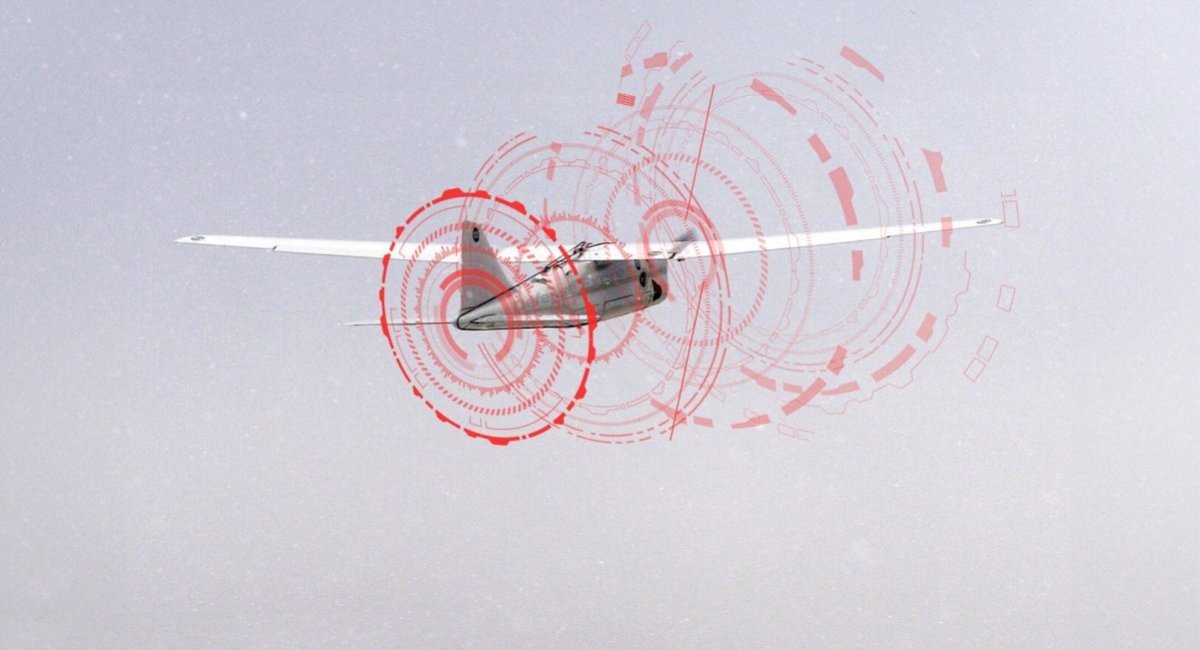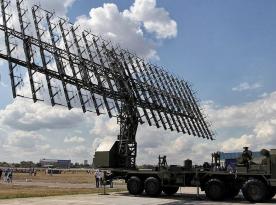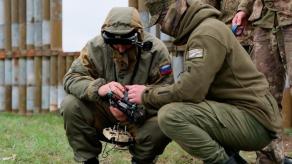Ukrainian military FPV drone operators managed to take down enemy reconnaissance UAVs several times in recent days, including such targets as the russian Orlan-10 and ZALA 421-16 types. After these episodes, a logical question comes to mind, whether FPV drones can actually become a viable solution against never-ending russian scout drones loitering over the battlefield, looking for openings in Ukrainian defense and targets for artillery.
Read more: Unmanned Aerial Warfare: Ukrainian FPV Drones Take Down a Zala and Orlan-10
After all, at first glance, now that the practice has shown that landing a successful hit at an enemy aerial vehicle on a head-on collision course — read: at high closing speeds — is possible, then what could be the problem of catching up with a reconnaissance UAV and ramming into it utilizing the speed difference of 5–10 km/h?
But the challenges of using FPV drones as anti-aircraft weapons begin long before that stage: they start with target detection. In order to attack a hostile reconnaissance UAV, it must be spotted first. Despite quite a few various methods available, like using radar installations or signal intelligence devices capable of pinpointing the direction of enemy drones, all of them require an appropriate saturation of the operating area with mentioned equipment and coordinated actions from the troops. It is only after the threat has been identified that it's time to discuss how to shoot it down.
Provided an FPV drone is chosen for this, the first task is to deploy it to the required altitude and course to intercept the target. Incidentally, an Orlan-10 can conduct reconnaissance at an altitude of 2–3 km, although it often descends lower due to the low quality of the cameras and weather conditions.
If we take an FPV drone based on a quadcopter, the important limiter would be its low battery endurance: depending on the type, the parameter can vary between 10 and 30 minutes. All this time would be spent on climbing to the required height, and that is not to mention the FPV might also need to catch up to the target. The cruising speed of Orlan-10 is ~110 km/h, and in fact, not every copter-type FPV drone with payload is fast enough to match.
More air-to-air drone combat high over the skies of Donetsk Oblast, seen here, a Ukrainian FPV munition successfully intercepts a Russian ZALA 421-16E reconnaissance UAV. pic.twitter.com/S3XCmsqGM9— OSINTtechnical (@Osinttechnical) May 31, 2024
Therefore, the possibility of intercepting reconnaissance UAVs should be considered not by FPV copters, but by winged aircraft-like interceptor drones from the beginning. Winged types have a higher speed and can stay up in the air for longer periods. But then, there is the issue of how to execute the launch: whether it should be a massive catapult or from a container, for example.
And before talking about interception, the operator still has to see the target through a camera that cannot boast providing high-quality imagery, moreover, that is affected by EW suppression. That is, behind those videos showcasing russian reconnaissance UAVs being destroyed by FPV drones is not only the exceptional skill of Ukrainian operators, but also military luck.
Now let's take a look at the previous experience of two countries that tried to combat aerial drones with other drones. The first one is the United States with Raytheon's project called Coyote: at first, it was a container-launched anti-aircraft interceptor drone, then it very quickly turned into a full-fledged anti-aircraft missile with a jet engine but subsonic speed and a homing head in the Coyote 2C version.
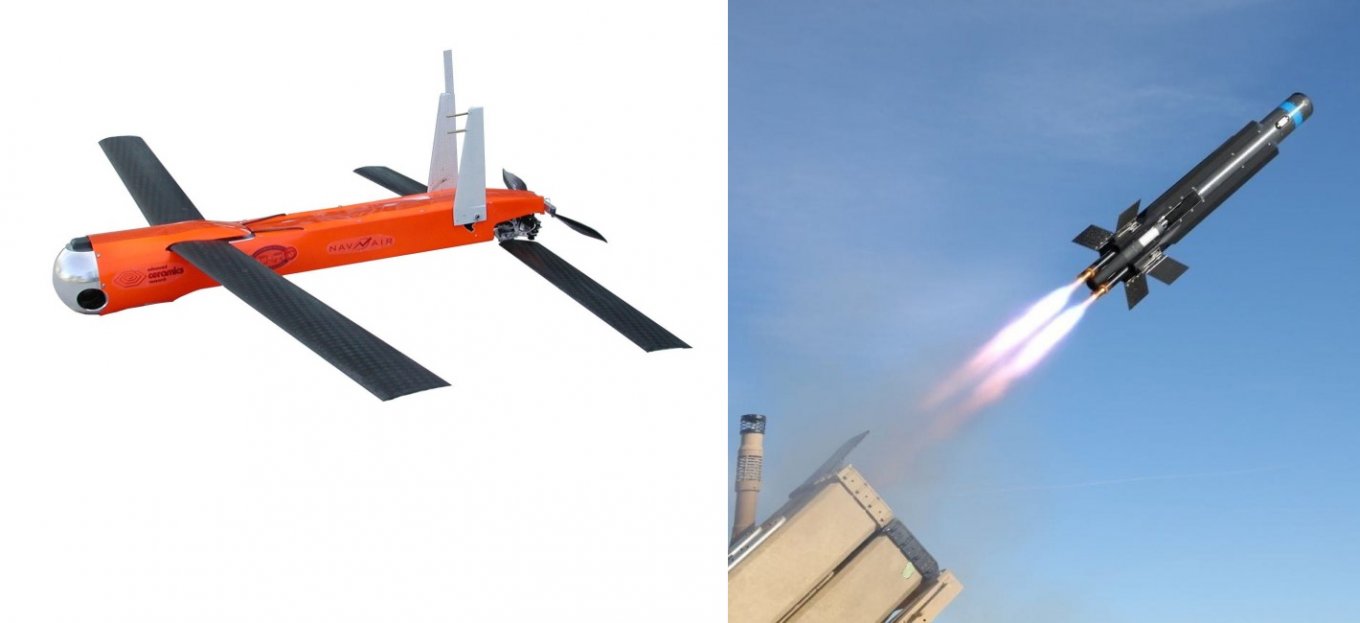
In other words, despite all the attractiveness of this idea, the experiments ended with a pivot back to the old methods. Accordingly, this anti-aircraft weapon ultimately was hardly any cheap — 125 thousand dollars per unit — which basically ruins the whole point of this concept.
Another example, surprisingly, is Iran with its loitering anti-aircraft missile known as the "358." It features a miniature turbojet engine and subsonic speed. The missile is believed to have an electro-optic target detection system with homing. The weapon is deployed in the target area and then it begins to perform wide figure-eight movements until the target is found, which somewhat resembles the algorithm of torpedoes' operation.
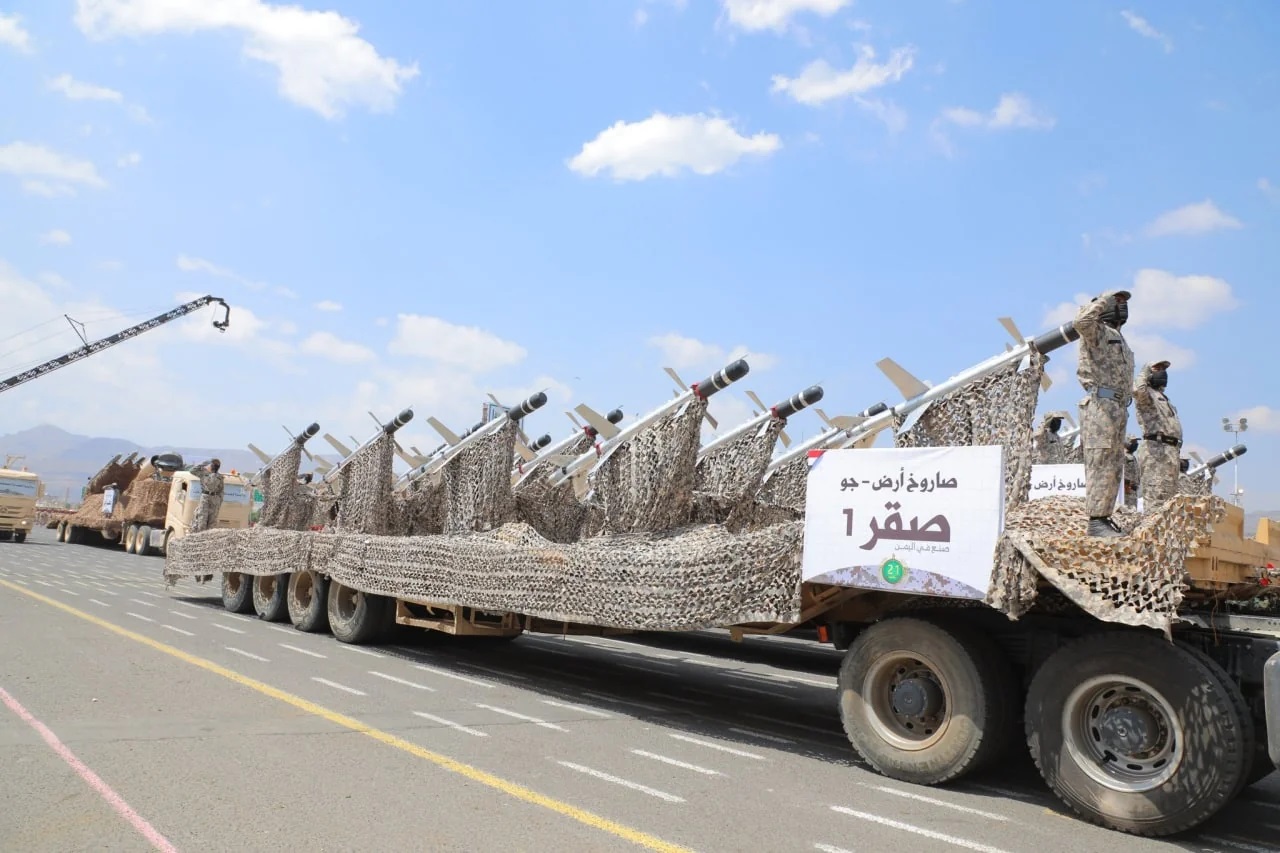
In both cases, the weapon couldn't function without a homing system, which takes over the guidance during the terminal phase. The whole difference from traditional anti-aircraft missiles is only their subsonic speed, although we should point out the unique loitering mode implemented in the "358" missile. That said, the emergence and development of the so-called "machine vision" for FPV drones that allows producing relatively cheap homing heads, may well be an interesting vector for experimentation.
Read more: Ukrainian Drones Hit russian Nebo-SVU Radar System Worth $100 Million in Crimea




